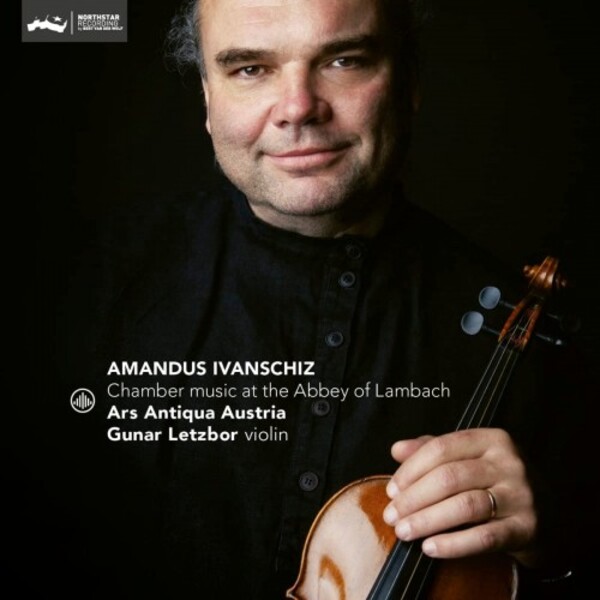
Ivanschiz - Chamber Music at the Abbey of Lambach
£14.20
In stock - available for despatch within 1 working day
Despatch Information
This despatch estimate is based on information from both our own stock and the UK supplier's stock.
If ordering multiple items, we will aim to send everything together so the longest despatch estimate will apply to the complete order.
If you would rather receive certain items more quickly, please place them on a separate order.
If any unexpected delays occur, we will keep you informed of progress via email and not allow other items on the order to be held up.
If you would prefer to receive everything together regardless of any delay, please let us know via email.
Pre-orders will be despatched as close as possible to the release date.
Label: Challenge Classics
Cat No: CC72913
Format: CD
Number of Discs: 1
Genre: Chamber
Release Date: 2nd December 2022
Contents
Works
Concertino in E flat majorDivertimento in C major
Sinfonia ex G
Sinfonia in A major
Sinfonia in D major a 4 stromenti
Sonata a 3 in B flat major
Artists
Gunar Letzbor (violin)Ars Antiqua Austria
Works
Concertino in E flat majorDivertimento in C major
Sinfonia ex G
Sinfonia in A major
Sinfonia in D major a 4 stromenti
Sonata a 3 in B flat major
Artists
Gunar Letzbor (violin)Ars Antiqua Austria
About
Austrian Baroque music takes centre stage in the repertoire of this unusual Baroque ensemble. The music performed at the imperial court in Vienna at this time was initially heavily influenced by the music of Italy, later by that of France; Spanish court ceremonial also had important artistic effects in Vienna. The typical Austrian sound of this era was characterised by the impact of its many royal domains. The political and societal boundaries of Baroque Austria stretched much further than nowadays. Elements of Slavic, Hungarian and Alpine folk music styles had lasting effects on art music, making up its specific sound. But the Austrian sound also reflects the temperament and the character of the people of the time: placed within the melting pot of many diverse cultures, amalgamating Mediterranean zest for life, Slavic melancholy, French formalism, Spanish royal ceremony and the original Alpine elements of the German-speaking region. This mixture of court music and folk music with a dance- like character outlines the typically Austrian sound.
Reviews
 The bubbling horns that emerge in the Allegro assai of the Sinfonia in G are fun and vibrant; there is some lovely second violin playing from Nina Pohn in the Andantino of the Sinfonia in A.
The bubbling horns that emerge in the Allegro assai of the Sinfonia in G are fun and vibrant; there is some lovely second violin playing from Nina Pohn in the Andantino of the Sinfonia in A.Error on this page? Let us know here
Need more information on this product? Click here